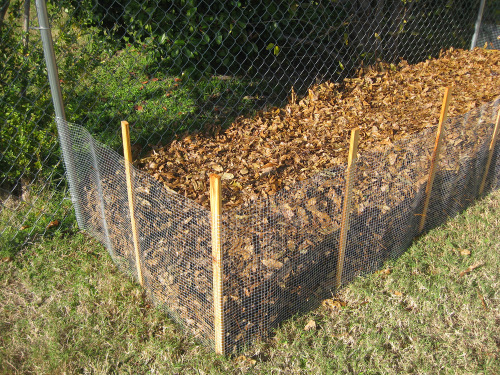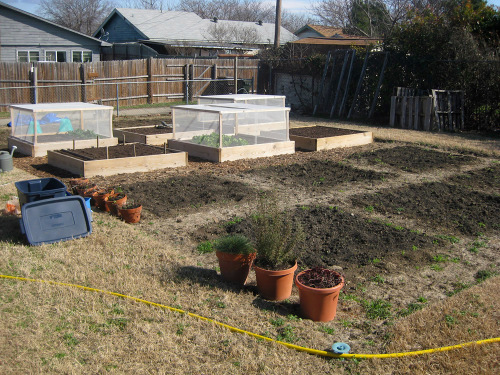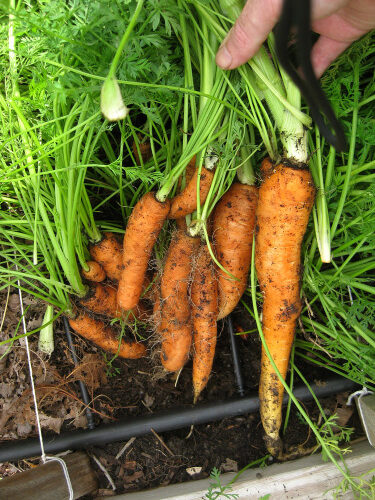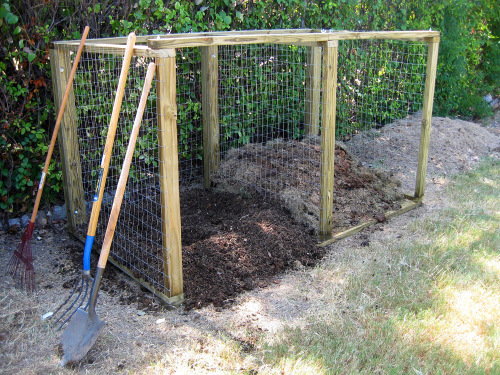Preparing Your Vegetable Garden for Fall
Here’s how to get ready for the best gardening season of the year

Remember that part in the movie where the hero is down and out, but then he catches a second wind and comes back at the end? That’s how I sometimes feel about being a gardener. I’ve been doing something since the week after Christmas. The spring growing season came, then concluded, then the two-and-a-half-month hell we call summer here in North Texas set in. It’s now mid-August, and I’m catching my “second gardening wind” as we finally arrive at our fall season (unofficially). Although they still might bake during the day, seeds and/or transplants for a few veggies can be planted this month. Depending on where you live, your fall planting times will vary. Here are some things you can do to be ready for them.
Timing and rotation are essential
Timing is critical when it comes to having a successful fall vegetable garden. In the spring, you had to ask yourself, “How big of a gambler am I?” The goal was to plant seeds and transplants as early as possible so the crops could be harvested early, or before the rough summer heat and drought conditions hit. This was at a cost, however, because you ran the risk of a late spring freeze destroying everything. In the fall, however, it’s similar; only now you’re trying to get the harvest done in time before the cold winter weather hits.
As the day’s length is getting shorter, it generally takes longer in the fall for veggies to mature. To compensate for this, add a week or two to the number of days to maturity that’s listed on seed packets. You may also want to consider varieties that mature in a shorter number of days. And of course, don’t plant the same family of vegetables in the same spot as they were in the spring (or even last fall).

Seed starting can still happen in fall
If you are planning on doing your own transplants from seed, you might need to start the seeds indoors. Many veggie seeds germinate better in an air-conditioned house or apartment than outside. If you are sowing your seeds directly outdoors, you may want to plant them a little deeper than you would in the spring, as the soil is typically moister and cooler deeper down. Tip: Soak larger seeds such as peas and beans overnight between two damp paper towels. Covering smaller seeds with a light layer of mulch (chopped-up grass clippings or leaves) will also help. If you opt not to do seeds, you can save some time by planting transplants if they’re available.
Garden plots: clean ’em up and pull ’em out
It’s time to go through your beds and do a quick cleanup of any dried, dead, diseased, or already-harvested plants. Do not throw diseased plants in your compost pile. Weeds would love to steal moisture and nutrients from your fall veggies, so they gotta go before seeds drop.
Get your bed(s) made
Fall is the perfect time to add compost or amendments to your garden beds. You’ll need to replenish the nutrients and organic matter in your soil that the spring plants used. This will help feed the microbes in your soil, which will, in turn, feed your plants. You can add a top dressing of organic fertilizer or simply mix it in.

Don’t forget to keep watering
Watering is very important to keep your vegetable plants well hydrated during the hot summer months (even into September). The general rule of thumb is an inch of water a week. Dry soil can discourage microbial activity.
If you direct-sowed seeds, you may want to water them daily until they germinate. Once the seedlings or transplants are established, it’s better to give them one deep watering a week than several lighter waterings. I would also recommend watering any empty garden beds you may have. This can make a significant difference with germination. Once the seedlings have become established, mulch to maintain consistent moisture.
Stay on guard for pests and diseases
One disadvantage of planting seeds or plants in the summer is that pests and diseases have probably already set up camp in your garden. In spite of the heat, you have to remain vigilant and observe your plants daily. Deal with pests and diseases very quickly to minimize any damage.
Asses what you can plant
Many of these veggies do better in increasingly cooler weather and can even taste sweeter than those same ones grown in the spring.
Greens: Lettuce, arugula, kale, mustard, spinach, Swiss chard, et al.
Roots: Carrots, beets, turnips, and radishes
Cabbage family: Cabbage, Chinese cabbage, broccoli, brussels sprouts, cauliflower, kohlrabi, et al.
Onion family: Green onions or leeks
Fall is also the time to plant garlic, but you won’t harvest it until the following summer.

Other projects are a bonus
If you have beds/areas that you won’t be putting fall veggies in, planting a cover crop there is a great idea that will definitely improve the soil by spring planting time.
If you haven’t built a compost bin or pile yet, now’s the time. You may still have green grass clippings coming from your yard, and you’re probably only weeks away from getting the first fall leaves.







Comments
Log in or create an account to post a comment.
Sign up Log in